We photographers always seem to be on the sidelines, shooting scenes but not actually involved in the action. This can leave us feeling ‘disconnected’ from the world in front of us. And this is one of the biggest mistakes a photographer can make.
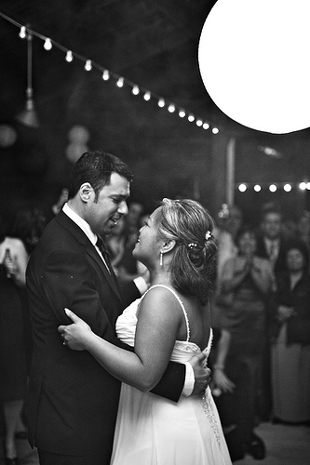
“First Dance” captured by PictureSocial member Richard Maluyo
As soon as you disconnect yourself from your subject, your shots will suffer. Photography is always a two-way dance between you and your subject. This post will show you how to be the best dance partner possible, and capture exhilarating shots with precision and grace.
There are a wide variety of subjects you can photograph. Some are easier to ‘dance’ with and others are more difficult.
Easy Subjects to Photograph
Easy subjects are skyscrapers, buildings, landscapes, and any inanimate object. With that said, they aren’t as easy as they seem -there is still a dance going on. The clouds, the light, the shadows, these are always changing. And the more tuned into these changes you are, the more you’ll uncover the best times to shoot your subject.
For example, I was photographing the exterior of a house one afternoon and noticed the sun was at a certain angle, casting shadows that did not mix well my angle. The angle, however, was perfect for the composition.
So, instead of settling for a good composition with terrible light, I waited. And waited and waited.
This could be considered a very slow dance. But the reward was totally worth it.
Inanimate objects, like this house, are easier to photograph in the sense that they don’t move. The difficulty is that they are harder to ‘dance’ with as you have to wait several hours for the right moment to capture the shot (I ended up waiting 4 hours for the right light).
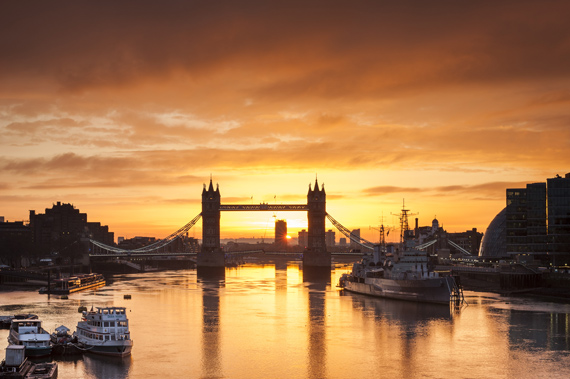
“Tower Bridge at Sunrise” captured by PictureSocial member Roger Patel
More Difficult Subjects to Shoot
Animate subjects are harder to photograph in the moment, but easier in the sense that you don’t usually have to wait several hours to get the shot. These types of subjects can include bald eagles, stray Chihuahuas, kangaroos, crocodiles, eastern-painted turtles, and even the common fruit fly!
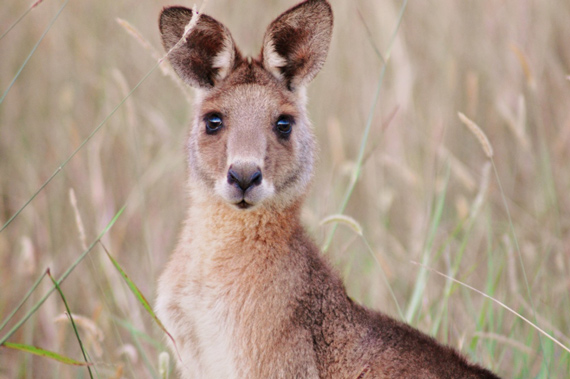
“Kangaroo” captured by PictureSocial member Katelyn “Kate” Wall
With that said, with animate objects you have less time to ‘get to know’ your subject and thus need to take every hint your subject gives you.
For example, if you are photographing a flock of birds that have perched themselves on a tree in your front yard, you have little time to shoot. Unless they visit your tree daily, you have one chance to snap the shot before they’re gone forever.
What’s your best solution?
Spend a couple of seconds interpreting their ‘dance’. Pay attention to the social cues going on between the birds. Try to decipher exactly what these birds are doing in your tree. Relaxing? Foraging for food? A quirky mating ritual?
Next, try to choose exactly what bird (or birds) you want to dance with.
Once you’ve selected your dance partner, you’re going to want to begin anticipating their next moves. By anticipating where the birds will be (even just one second before they get there), you’ll give yourself enough time to focus and set the right exposure.
It’s not easy, but it’s easier than following them around and shooting after them. Photographers that work by following, instead of anticipating, are like dancers that step on their partner’s feet! Don’t follow, instead anticipate!
You are never just a spectator, watching.
Instead, you should always be moving along with the subject and predicting their every move.
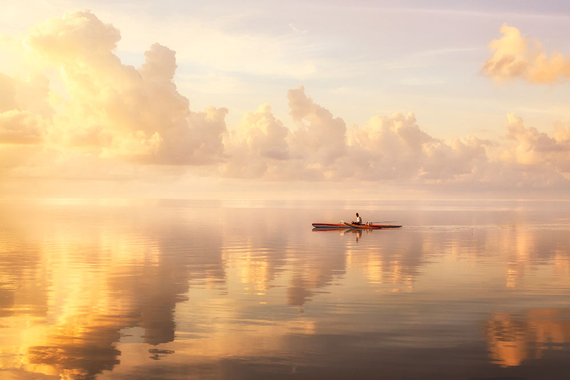
“The Fisherman’s Song” captured by PictureSocial member Ivan Pena
You must anticipate and react gracefully to your subject
Whenever you are shooting subjects, they are always you giving hints and patterns of their movement. Additionally, the more you watch a subject, the more you notice certain reactions to things. An obvious example is how street birds always rush to food that pedestrians drop on the floor.
The closer you watch your subject, the more you’ll notice hidden responses to certain things.
For example, the other day I was watching a group of seagulls at the beach and noticed one seagull was clearly the ‘bully’ of the group. I then noticed how, when other seagulls got to close the bully, he’d snap at them. From learning this, I could then anticipate the bullies snap whenever other seagulls would approach. Anticipating this reaction from the bully would allow me plenty of time to prepare with the right exposure and the right focus at just the right time.
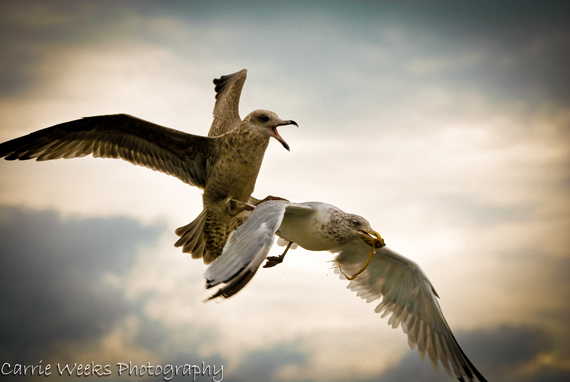
“Fighting Seagulls” captured by PictureSocial member Carrie Weeks
Anticipation is what every great dancer uses to move with grace. And it’s exactly what you need if you want to capture movement with precision.
About the Author:
Simon Takk, creator of phototechniques, shows others how to open their eyes to the breathtaking photo opportunities all around them.
Go to full article: The Biggest Mistake a Photographer Could Make
What are your thoughts on this article? Join the discussion on Facebook
PictureCorrect subscribers can also learn more today with our #1 bestseller: The Photography Tutorial eBook
The post The Biggest Mistake a Photographer Could Make appeared first on PictureCorrect.
from PictureCorrect http://bit.ly/2DtrJ6R
via IFTTT






0 kommenttia:
Lähetä kommentti